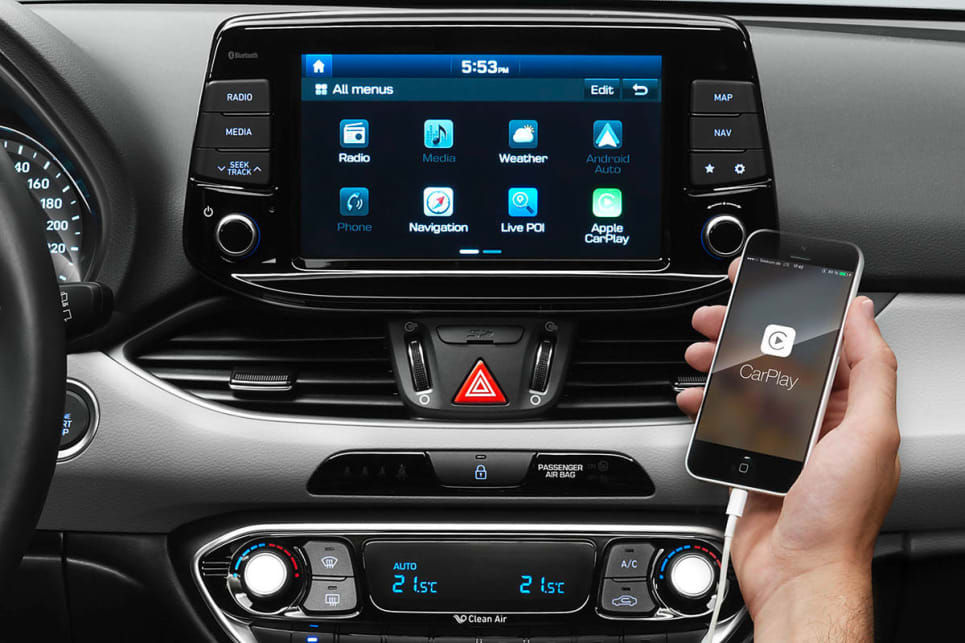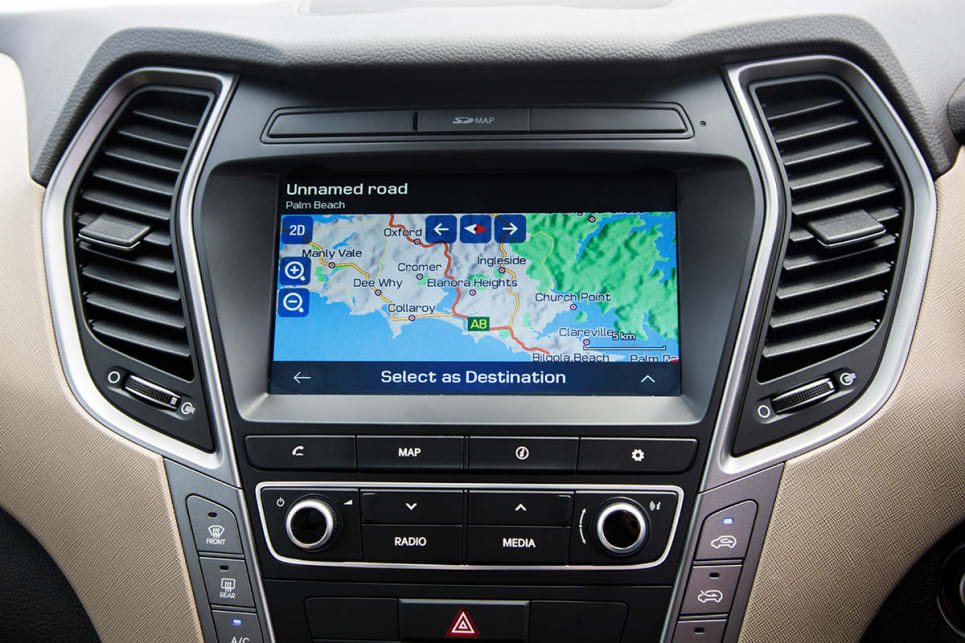
Why all sat nav systems are not created equal
In theory, satellite navigation is the best thing to happen to human relationships since the invention of deodorant. Those of us old enough to remember the days of big maps that even a black belt in origami couldn't fold properly, and raging arguments over the orienteering skills of men vs women, know full well just how lucky couples are today to have a bland-voiced guidance counsellor in the car.
It's no exaggeration to say that there are probably children who only exist today, or only have their parents still living together, because of the advent of satellite navigation.
Unfortunately, as anyone who has driven a few different brands of car will tell you, all sat navs are not created equal, and if you find yourself stuck with a bad one, you might find yourself rediscovering the nav-rage of being sent around the bend by bad directions.
Personally, I've tried a few in-car systems - including those from industry giants Mazda and Toyota - that were so infuriating, and incoherent, that I would have been better off throwing bread crumbs out the window, or trailing a piece of string to find my way home.
These companies are experts at making cars, not navigation systems, so they just don't put the effort in that stand-alone GPS makers do.
So we decided to find out why some units are better than others, and why sometimes even using your phone's map app is better than using the expensive in-car system.
We were lucky enough to find an industry Deep Throat, who works for one of the companies that builds navigation systems and understands the technology, but didn't want to be identified, because their business also provides map data and software to some car companies, who they'd prefer not to offend.
DT says the essential problem with car-company systems it that they just don't care. "Satellite navigation is just another tick-a-box for them. Have we got Bluetooth? Check. A stereo? Check. Sat nav? Check. These companies are experts at making cars, not navigation systems, so they just don't put the effort in that stand-alone GPS makers do," he/she explained.
"From our experience working with car companies, the big challenge they face is that the dash and the hardware in a new car has usually been planned five or seven years ago, and then they need to support that system for the next five or seven years, so by the time you buy a car the sat nav in it can be almost redundant.
"Like anything, you've got processing power, CPUs that are the brains behind the navigation, those things change, rapidly, and with things like phones and stand-alone GPS units we can improve those every time we manufacture a new one.
"Every year we get to reassess what's making up the guts of the product, and a car company doesn't have that luxury."
DT is often frustrated by how uninformed the people they deal with at car companies are - often it's the person in charge of 'in-car entertainment' rather than a navigation expert - and how unconcerned they are with being up to date.
"Honestly, I drove a Volvo recently, a new car, that didn't even do spoken street names, and we've had meetings where the car people go ‘wow, can sat nav do that now?'" DT exclaims.
Apparently, when your car's system takes you on some absurdly long-winded route that makes no sense, and then home again a completely different way, or just fails altogether, it's either the fault of the mapping data - which is often not up to date - a lost connection with the satellite, or the "navigation engine, which isn't very good at choosing a route."
It is this essential piece of software that requires serious investment to stay up to date with best practice.
It's possible, of course, that your navigation system is taking you on back roads to avoid traffic, but only the very smartest in-car units are capable of doing that, or doing it well.
The very best after-market systems - from companies like TomTom, Navman and Garmin - not only connect to live traffic information to help guide you around jams, but have algorithms based on what you might call local knowledge, so they'll know not to take you down Parramatta Road in Sydney, for example, ever, during daylight hours.
Apple CarPlay is a trend we're seeing, because for a car manufacture it's a cheap way to go.
As for your mobile phone, DT says it's important to remember that, much like a car, being a navigation device is not its core function.
"I think if I'm walking in the city, I'll look on my phone, because that's where phones come from in navigation terms, from pedestrian mode - getting people around places on foot - rather than car mode, which isn't what they do best," DT explains.
"That's why a lot of stand-alone systems now will guide you to the street address, then hand off to an app on the phone that will take you direct to the door of where you're going.
"You have to remember that Samsung isn't building its own maps, its own direction-algorithms; the phone companies are getting their navigation engines from somewhere else."
Despite the perceived flaws of phone navigation, however, DT believes it will increasingly play a larger part in the way we move around in cars, as systems like Apple CarPlay and Android Auto - which allow you to run your phone's apps, including navigation, through the head unit - find their way into the dashboards of new cars.
"Apple CarPlay is a trend we're seeing, because for a car manufacture it's a cheap way to go, they don't have to buy a lot of licences, the user just brings the navigation with them into the car - I think it will go that way increasingly," DT says.
Hyundai Australia is one company already cleverly heading in that direction, offering cheaper, base models of most of its range with CarPlay/Android Auto, but no in-built nav.
"We are working towards having in-built nav and CarPlay/Android Auto in some vehicles," Hyundai Australia spokesman Bill Thomas explained.
"Arguably, in-built nav is superior, at least currently, because it is not reliant on a phone signal/data, but uses satellite positioning linked to a map that is always locked and loaded and ready to go in the car.
"However, CarPlay/AA is extremely effective, too, in that it allows you to access your own phone's ‘Ecosystem' via your car and use phone-based nav when needed."
Taking the system in your new car for a test run could be just as important as the test drive itself.
Mazda Australia, meanwhile, has recently changed from using TomTom branded navigation systems in its cars to a bespoke sat nav, developed specifically for the company, as part of 'MZD Connect.'
The company claims its system, which uses maps sourced from a local supplier, is superior to any purpose-built, aftermarket navigation system.
"We'd be surprised if someone decided to remove the MZD Connect system and replace it with an aftermarket option as it has been designed specifically for Mazda," a spokesman said.
"In addition, the MZD Connect system has been widely praised by media and our customers – including the quality of the sat nav - thanks to its features and ease of use."
What's clear, however, is that if you tend to use your sat nav a lot to get around, taking the system in your new car for a test run could be just as important as the test drive itself.












Comments